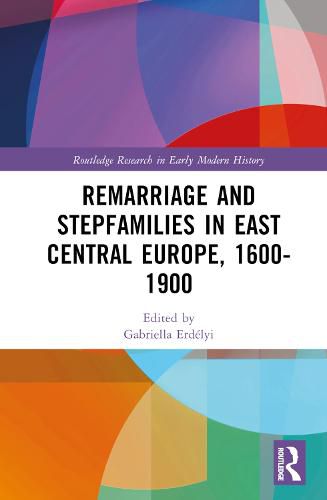Readings Newsletter
Become a Readings Member to make your shopping experience even easier.
Sign in or sign up for free!
You’re not far away from qualifying for FREE standard shipping within Australia
You’ve qualified for FREE standard shipping within Australia
The cart is loading…






Due to high adult mortality and the custom of remarriage, stepfamilies were a common phenomenon in pre-industrial Europe. Focusing on East Central Europe, a neglected area of western historiography, this book draws essential comparisons in terms of remarriage patterns and stepfamily life with Northwestern Europe. Why were women in the ‘east’ more ready to remarry? What were the responsibilities of a stepfather or a stepmother?
By drawing on quantitative as well as qualitative approaches, the book offers an historical demographical narrative of the frequency of stepfamilies in a comparative framework, and also assesses the impact of stepparents on the mortality and career prospects of their stepchildren. The ethnic and religious diversity of East Central Europe also allows for distinctions and comparisons to be made within the region.
Remarriage and Stepfamilies in East Central Europe, 1600-1900 will appeal to researchers and students alike interested in the history of family, marriage, and society in East Central Europe.
$9.00 standard shipping within Australia
FREE standard shipping within Australia for orders over $100.00
Express & International shipping calculated at checkout
Due to high adult mortality and the custom of remarriage, stepfamilies were a common phenomenon in pre-industrial Europe. Focusing on East Central Europe, a neglected area of western historiography, this book draws essential comparisons in terms of remarriage patterns and stepfamily life with Northwestern Europe. Why were women in the ‘east’ more ready to remarry? What were the responsibilities of a stepfather or a stepmother?
By drawing on quantitative as well as qualitative approaches, the book offers an historical demographical narrative of the frequency of stepfamilies in a comparative framework, and also assesses the impact of stepparents on the mortality and career prospects of their stepchildren. The ethnic and religious diversity of East Central Europe also allows for distinctions and comparisons to be made within the region.
Remarriage and Stepfamilies in East Central Europe, 1600-1900 will appeal to researchers and students alike interested in the history of family, marriage, and society in East Central Europe.